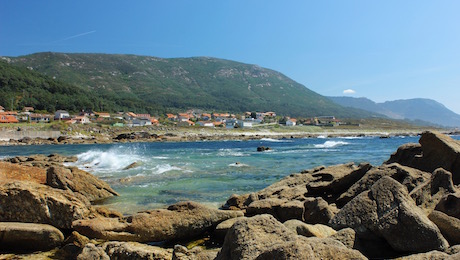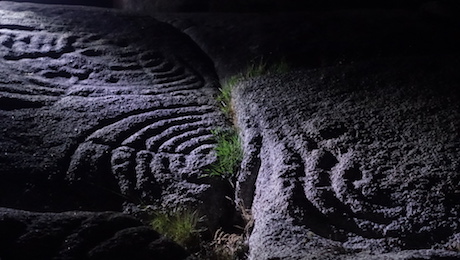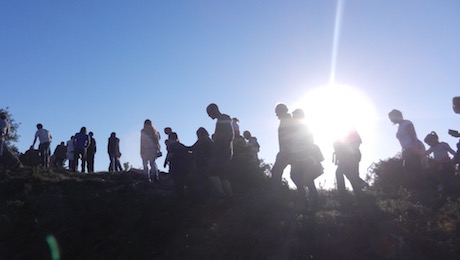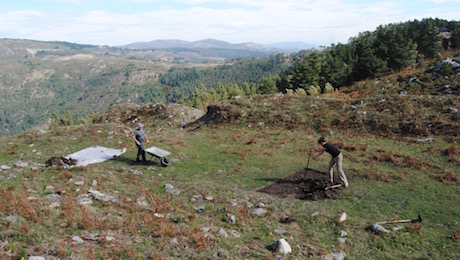Costa dos Castros is named after the unusual high density of Iron Age hillforts or ‘castros’ that still line the coast. What were the people who built them really like? And are they related to people from other parts of Atlantic Europe, like the Celts? Archaeology at Costa dos Castros can help us find the answers.
‘Castro Culture’ refers to the society that occupied northwestern Spain during the Iron Age. It roughly covered the area that later became the Roman province of Gallaecia, and which is now the region of Galicia.
There has been, and still is, a lot of controversy regarding the Celtic origins of the pre-Roman inhabitants of this land, causing certain academics to prefer terms such as ‘Gallaic culture’, ‘Iron Age in Galicia’ or ‘Celtic Galicia’. ‘Castro Culture’ was coined in the 1980s precisely to avoid a biased interpretation as to this supposed Celtic origin, thereby naming the period after its main form of settlement: the castros.
When territory became identity
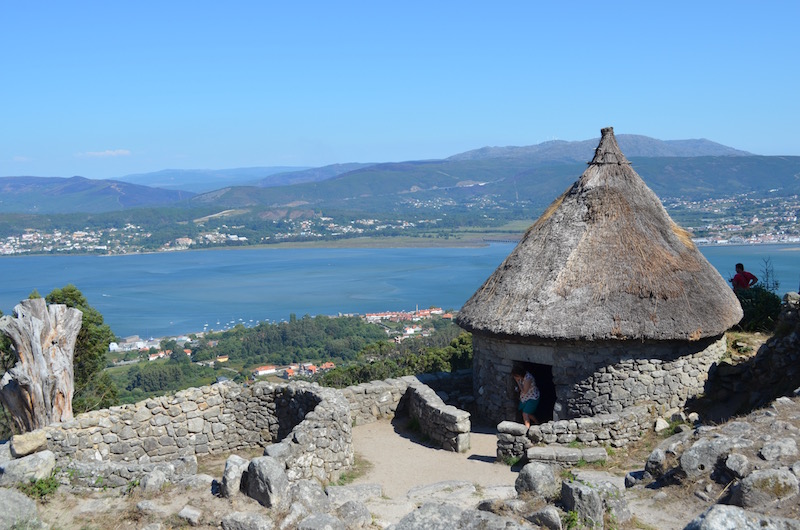
It is generally accepted that the Iron Age in Galicia began almost 3,000 years ago in the early 8th century BC. One of the characteristics that best define the transition from the Bronze Age that preceded it is the move to a more sedentary lifestyle; this was when communities built the first permanent settlements.
By building these defensive and monumental villages, the castros, Iron Age people settled in a territory, which possibly became linked to their group identity. The walls are huge stone signs that would have been read from afar to say ‘this is my territory’. The stone buildings are a statement for future generations to continue in the land.
What was castro society like?

Stone was the material of choice to build their round houses, but castro culture was certainly not set in stone! There are many mysteries yet to be answered as to the people who lived in these castros. The society from the Bronze Age to Roman occupation in the 1st century AD was a dynamic, non-uniform community in constant change.
The twelve Iron Age settlements at Costa dos Castros are a perfect example of the differences between the first castros built high up seeking protection and those that were built in the late Iron Age in more sheltered locations, closer to the cultivation lands.
The castros vary in type and function. Some were built near specific resources such as mines, agricultural lands or ports for commerce; others, the oppida, were genuine cities, castro capitals and epicentres of power. See for example the Santa Trega castro in the town of A Guarda that limits Costa dos Castros.
How archaeology can help us learn more
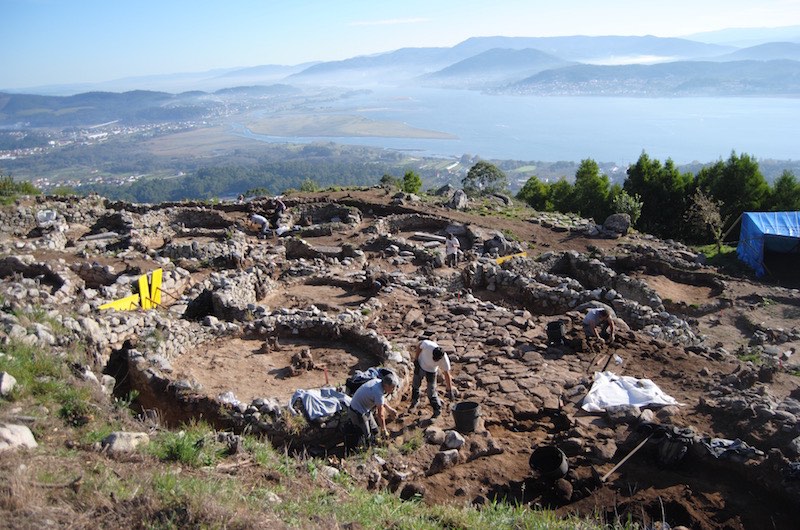
Our knowledge of the castro culture is constantly evolving, especially thanks to various important discoveries from the past ten years…
In 2010 a fish sauce (similar to garum) factory from the 400 BC was excavated in A Lanzada (O Grove). This discovery proves that the pre-Roman Punic and Mediterranean influence was much stronger than researchers once thought.
Before excavating Monte do Castro (Ribadumia) from 2010 to 2014, castro society was thought be very communal. However, at this settlement, archaeologists found separate spaces for different social classes, which could mean that society was in fact much more hierarchized.
Current excavations at Santa Trega castro, one of Galicia’s largest, are transforming the way we see castros – some recently unearthed finds date to the 400 BC, taking the settlement’s origins back three centuries than was originally thought!
A unique opportunity for research
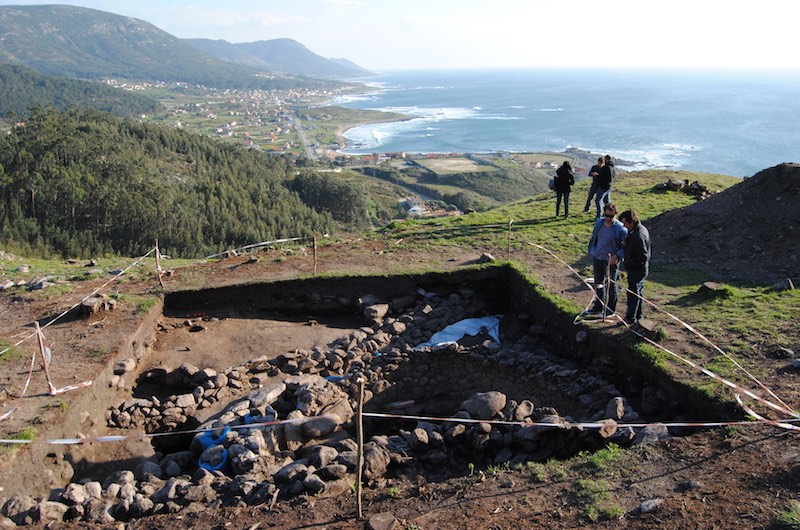
These are just three examples of how our understanding of this historical period is constantly evolving. We believe Costa dos Castros and its exceptional archaeological landscape can help deepen our knowledge of the Iron Age in Galicia and Atlantic Europe.
Here there are twelve castros in just seven kilometres of coastline; some high up overlooking the Atlantic, some down in the valleys close to the fertile lands, and one even representing a very large settlement near the port, which will be essential to understanding local and international trade in the area.
This is a unique opportunity to understand how this landscape, and the relationship of the people with it, changed over the centuries. In doing so, we might even change our understanding of the Iron Age. And you have the opportunity to help us!
